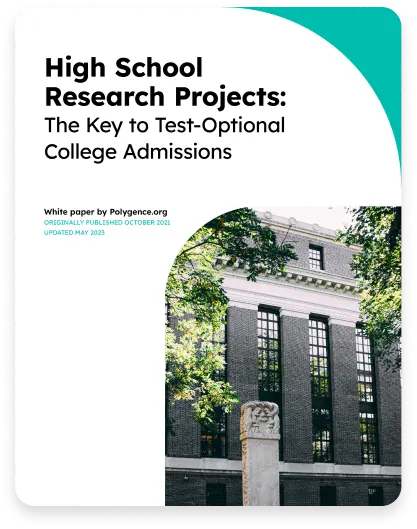White Paper Download Form
Key takeaways
1. Why Research has become a Key to Competitive College Admissions
2. How Harvard Admissions Officers rate students and other details from the lawsuit Students for Fair Admissions, Inc. v. President and Fellows of Harvard College
3. Statistical evidence from 160,000 Applications to Harvard about how to increase your admissions chances 8x

Overview
The lawsuit Students for Fair Admissions, Inc. v. President and Fellows of Harvard College, and the ultimate ruling on the case by the U.S. Supreme Court, represents a watershed moment for college admissions. Through a proprietary analysis of data made public through the lawsuit–including 160,000 domestic applications to Harvard College–this white paper reveals statistically meaningful advantages in featuring research on college applications. Download this paper to:
Learn about the rise of the research portfolio in the admissions process
The rating system Harvard and many other elite schools use to evaluate applicants
The seismic shift in away from standardized testing and the importance of independent scholarship in a test-optional world

